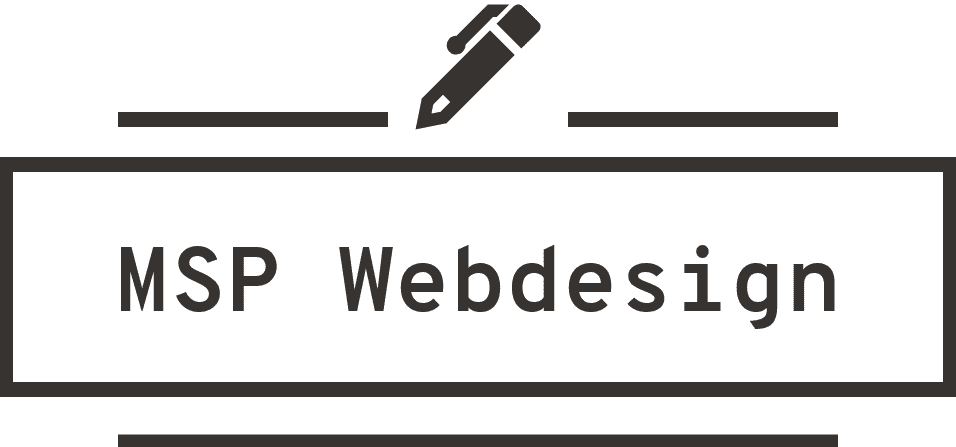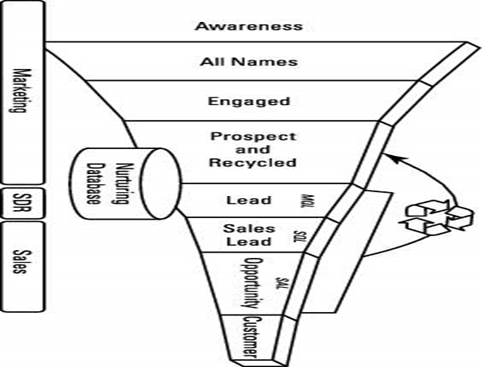Digital marketing is a sordid affair. With so many strategies to put in place, staying abreast with trends ensures you remain competitive. In the later paragraphs, we will focus on two crucial yet most misinterpreted marketing strategies: The gen twins-Demand generation and Lead generation. Even so, they both deal with provoking interest for a specific product or service.
Demand Generation
Demand generation is sparking interest for your products and services through creative content. The prospects are interested in what your company has to offer. Customers are more likely to fill the “contact us” form.
They are aware of the demand for your products and services and need a little coaxing to buy than lead generation prospects.
This funnel visualizes how marketing and sales coordinate to convert a qualified lead to a customer.
Top of Funnel (TOFU)
Awareness
Raise awareness and create demand for your products by explaining what problem your product solves. The lead is not yet willing to buy. A win is capturing contact information to begin nurturing the client.
Content marketing is the fuel for your marketing campaigns to generate more sales.
Marketing strategies include; content marketing, referrals, SEO, inbound marketing, SEM, eBooks, PR, whitepapers, online ads, videos, social media, viral campaigns, and direct email.
Channels for this stage include; advertising, social media, giveaways, free online tools, webinars, blog posts, press coverage, reports, and research.
Middle of Funnel (MOFU)
Educate leads and builds credibility to increase chances of a sale.
Interest
Prospects learn more about the company, its products, and services. Cultivate relationships with leads and introduce your positioning at this stage. Nurture leads through targeted content, emails, and newsletters.
Evaluation
Leads are potential customers. Marketers engage prospects with further information about their products and offer via automated email campaigns while still nurturing them.
Marketers need to make a strong case for their products as the buyer’s best choice at this funnel.
Tactics include Webinars, email campaigns, case studies, newsletters, blog posts, webinars, drip campaigns, and social media.
Demand Generation Sales Funnel
Bottom of Funnel (BOFU)
The sales team is in charge. Marketing reintroduces leads into the funnel for future loyalty programs and sales.
Commitment
Finally! Buyers decide to sale your brand’s products or services. Marketing and sales collaborate to nurture the decision-making process and convince the buyer.
Tactics applied to include case studies, testimonials, fact sheets, trials, and demonstrations.
Sale
A prospect decides to buy. Leads turn into customers, and sales representatives take care of the buy. Positive experiences boost referrals, and further deals, fuelling the top of the marketing funnel, and the process starts again.
83% of buyers trust the recommendation of their friends and family more than your marketing.
Lead Generation
A lead is a qualified prospect exhibiting buying behavior. We define leads by demographics, firmographics or BANT (Budget, Authority, Need, and Timeline).
With lead generation, you create awareness and arouse interest by collecting specific client information (job address and role, email address and phone number.) with the aim of turning them into sales leads.
Prospects find value in your company’s content and are willing to swap their details for free valuable content such as eBooks, white papers or webinars.
Lead generation funnel by Dummies.
TOP OF FUNNEL
Awareness & Friend
Potential leads are aware of the company’s products but are not in their database. Brands capture through inbound marketing via content and social media.
Name
The individual logs his/her information and the company’s database captures it. This individual is not a lead yet until they engage with your company.
Engaged
This stage only captures engaged names. Engaged individuals know they are in the company’s database and expect the company to communicate with them over time.
Target
We use lead scoring to identify if the engaged individual is a qualified potential buyer. Is he/she fit for the ideal behavioral and demographic criteria?
Middle of Funnel
The individual displaying buying behavior engages with your content and is a potential sales lead. Your offers are educational but specific to your products and services.
Lead
Finally! Your target becomes an actual lead. Marketing passes a client over to sales. Once engaged by sales representatives, they convert to official sales leads. What if they are not ready to buy? Recycle them to the target stage for more nurturing.
A qualified lead has to show adequate interest in your company by attending a few webinars, downloading whitepapers or responding to direct mail campaigns. This individual gets a high leads score.
Note: Majority of leads at this stage are not sales ready. It doesn’t mean their conversation with the sales rep was a waste of time. Human interaction is an essential part of nurturing the relationship.
Sales Lead
If the leads are qualified buyers, they proceed to the Account executive (AE). The sales rep has seven days to convert the lead into a sales lead or send him/her back to marketing for more nurturing.
Lead Generation Sales Funnel
Bottom of Funnel
The buying phase occurs at this funnel further indicating your lead is close to becoming a customer. Your offer to clients in this funnel targets your products and services like using datasheets and pricing guides.
Opportunity
Only sales representatives create opportunities. Leads are accepted as opportunities and sales team engages them.
Customer
You win a customer. Your lead converts to a sale.
Demand Gen Vs Lead Gen: Similarities
- Both target a specific audience.
- Both rely on content marketing.
Demand Gen Vs Lead Gen: Differences
Goals:
- Demand generation increases awareness of your brand and company portfolio.
- Lead generation showcases your value to attract leads.
Content:
- Demand generation offers informational content.
- Lead generation offers sales related content
CTAs:
- Demand generation uses informational CTAs (Call to Action) that refer to knowing more like “learn more.”
- Lead generation uses CTAs related to receiving offers like, “receive the report” or “start a free trial.”
What Strategy Do You Choose?
You can implement both strategies. However, ensure you target each to a specific audience. You don’t want to confuse your audience. Doing so won’t convert well because it doesn’t focus on a particular outcome. As long as you create high quality, educative and engaging content, you will benefit from both strategies.



